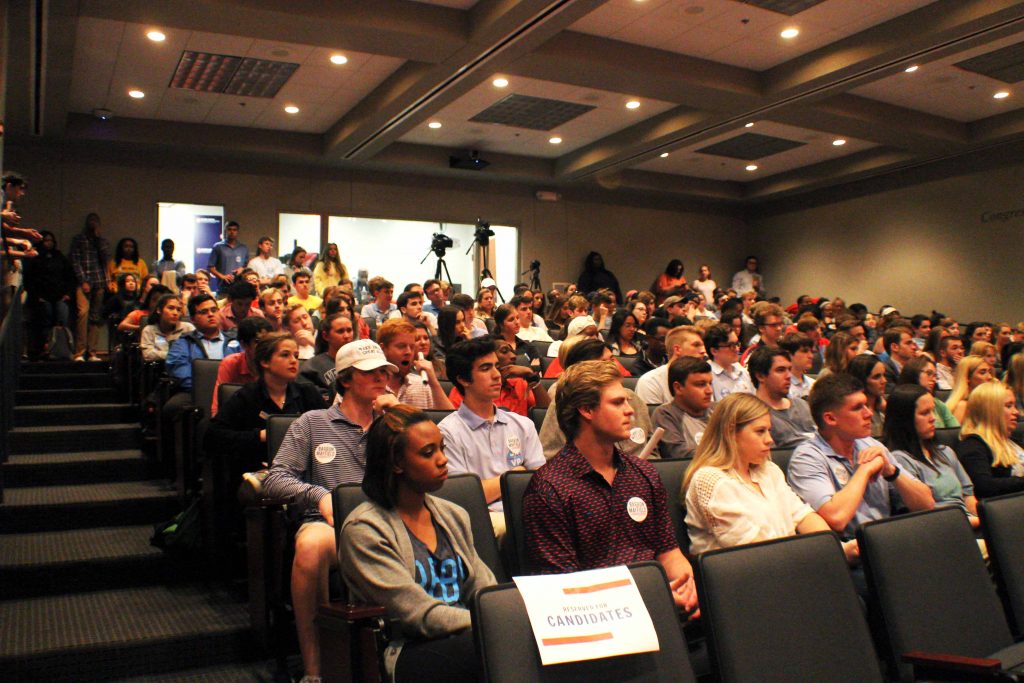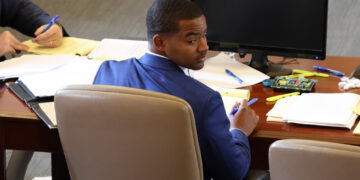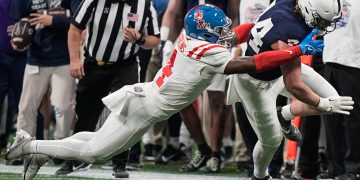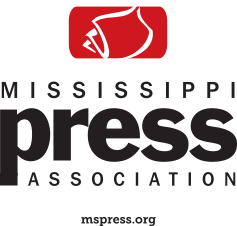Students filled the Overby Center auditorium Monday night for the Associated Student Body executive officer candidate debate, and many in attendance thought the most important issue was bridging the gap between the ASB Senate and the student body.

“As a student at the university, it’s important we put time and effort getting to know candidates because they ultimately will be moving us forward as a student body,” said Claire Dutreix, a junior forensic chemistry major. “It’s important for students to get to know platforms and history associated with student body in making the decision (about) who they think will best progress our campus.”
Many students said they came to the event because they wanted to hear what the candidates had to say and to discern whether or not the candidates had the initiative to turn their campaign promises into action.
Jon’na Bailey, a freshman biology major, said she went to the debate to see how each of the candidates would react to the high-pressure situation of sitting in front of an audience of students they would potentially represent.
“Standing out with the signs doesn’t (show us) what they’re actually doing,” Bailey said.
Joshua Mannery, a sophomore English major, said he also came to see the candidates beyond talking to them on Business Row while they campaigned.
“We see them with the signs but want to know what they’re actually about,” Mannery said. “Leah (Davis) knew what she had to talk about and didn’t let anything get to her. Liza (Boyer) took a position that no one thinks about and made it seem important — which it is. As for Charlotte (Shackelford), well, I love the newsletter idea. There’s a communication gap, and that’s a great way to bridge the gap.”
The overall theme of the evening was the importance of increasing communication between students and ASB. Each candidate spoke to the audience and explained how they planned to represent the student body in the coming year in the case that they are elected to office. Nearly every mention of “bridging the gap” between students and ASB was followed by snaps or claps from the audience.
The Daily Mississippian and NewsWatch Ole Miss streamed the debate live on Facebook. At its conclusion, nearly 1,000 individuals had viewed the debate, which lasted around one hour and fifteen minutes.
Prior to the debate, student media offered the student body the opportunity to submit questions for the candidates. The forum received 48 responses, many of which made it to the debate stage.



























